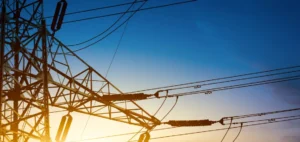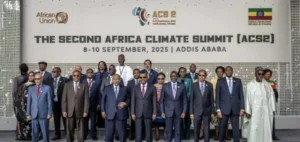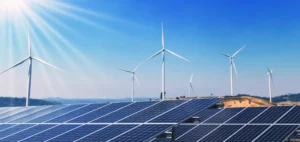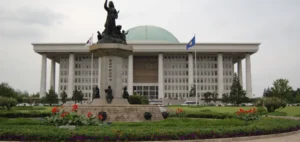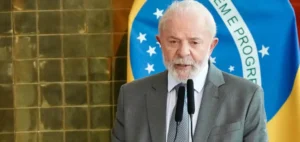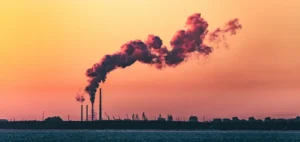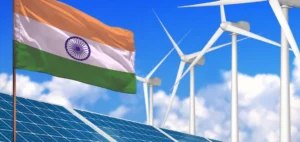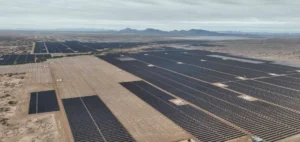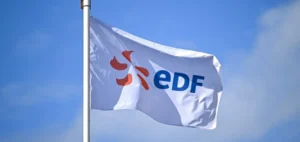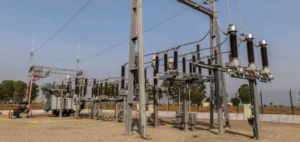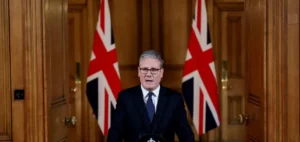France is preparing to tackle the energy transition with renewed determination. Just weeks before COP29 in Baku, the government is set to unveil two major plans designed to shape the country’s energy future through 2030. These plans include the Multiannual Energy Programming Law (Programmation Pluriannuelle de l’Énergie, PPE) and the National Low-Carbon Strategy (Stratégie Nationale Bas-Carbone, SNBC), which will provide a clear direction and regulatory framework to progress toward carbon neutrality.
The PPE, a cornerstone of French energy policy, sets ambitions for each energy source, from nuclear power to renewable energies like wind and solar. Goals include expanding offshore wind installations and solar infrastructure. Furthermore, the roadmap will outline the necessary investments to move away from fossil fuels by 2050, detailing timelines and funding.
Public Consultations and Citizen Expectations
Upon release, these documents will open for public consultation until December 15, allowing citizens and industry stakeholders to provide feedback. According to the High Council for the Climate (Haut Conseil pour le Climat, HCC), this consultation is crucial to offer the French population the necessary “visibility.” Prime Minister Michel Barnier emphasized in his October policy address the importance of listening to local voices and social concerns.
Anne Bringault, Program Director at the Climate Action Network (Réseau Action Climat, RAC), pointed out that recent climate disasters, such as deadly floods in Spain, underscore the urgency of accelerating the transition. She advocates for a more ambitious emissions reduction target, at least in line with the European Union’s goal of -55%. She also highlighted the importance of “territorialization” in the energy transition to meet local needs and “social justice” in environmental fiscal policies.
Toward Greater Energy Autonomy
One of the most anticipated elements of the PPE concerns offshore wind energy. France plans to install 18 gigawatts (GW) of offshore wind capacity by 2035, aiming for 45 GW by 2050, up from just 1.5 GW today. This strategy is closely linked to reducing fossil fuel imports and ensuring greater energy autonomy. Energy Minister Olga Givernet recently emphasized that energy planning includes increased “sobriety” in energy consumption to significantly reduce the carbon footprint.
Energy Efficiency and Sobriety at the Core of the Strategy
Energy efficiency and sobriety are the two major axes of the consumption strategy. Ms. Givernet stressed that consumption must be optimized to reduce energy dependency and promote a more sustainable lifestyle. The SNBC, which will be integrated into the planning, aims to cut greenhouse gas emissions by 50% by 2030 compared to 1990 levels.
France’s efforts to meet these targets are supported by the recent publication of the third version of the National Climate Change Adaptation Plan (PNACC-3). This plan is based on the assumption of a 4°C temperature rise in France by the end of the century, a scenario that drives the need to strengthen infrastructure and resources to protect communities.
A Roadmap for a Sustainable Energy Future
This roadmap presentation aims to reaffirm France’s commitment to energy and climate transition. On the eve of COP29, national stakeholders hope these commitments, once translated into concrete actions, will serve as a model and strengthen France’s position as a leader in sustainable energy policy. This transformation process also invites the public to reflect: What sacrifices and changes will be necessary to ensure a resilient and environmentally respectful energy future?



